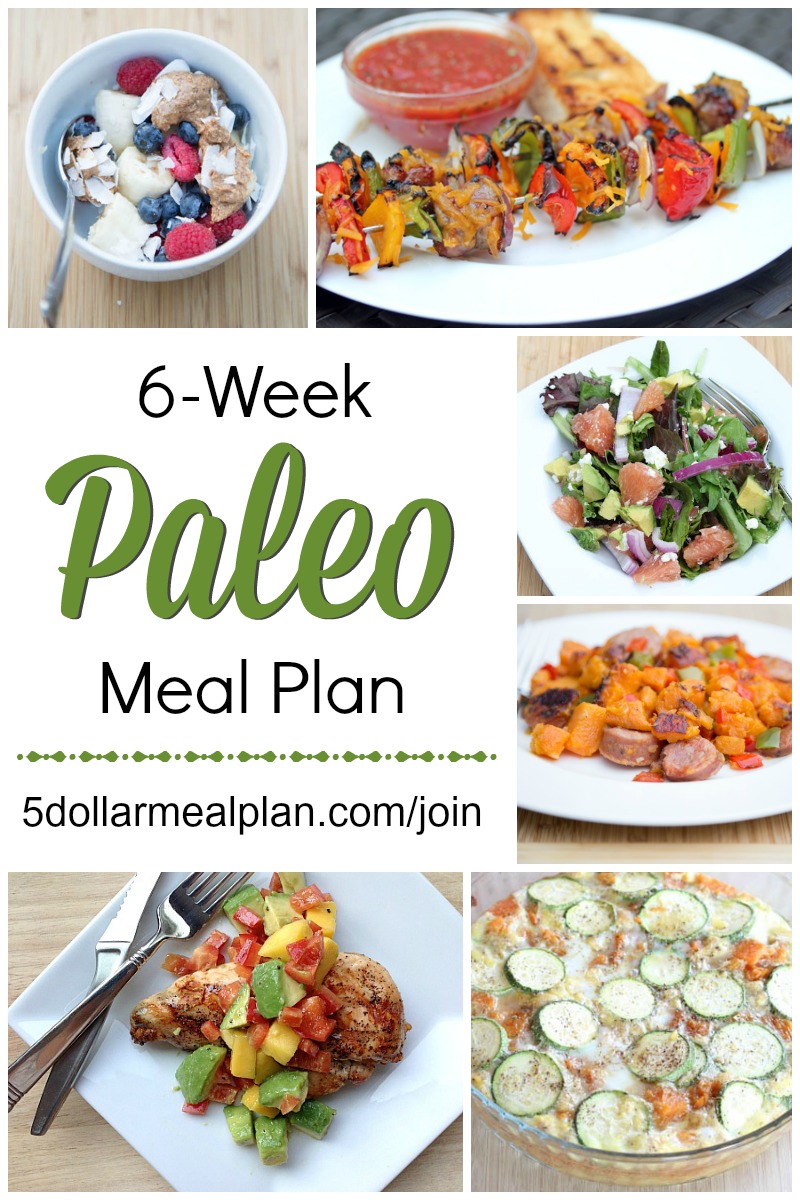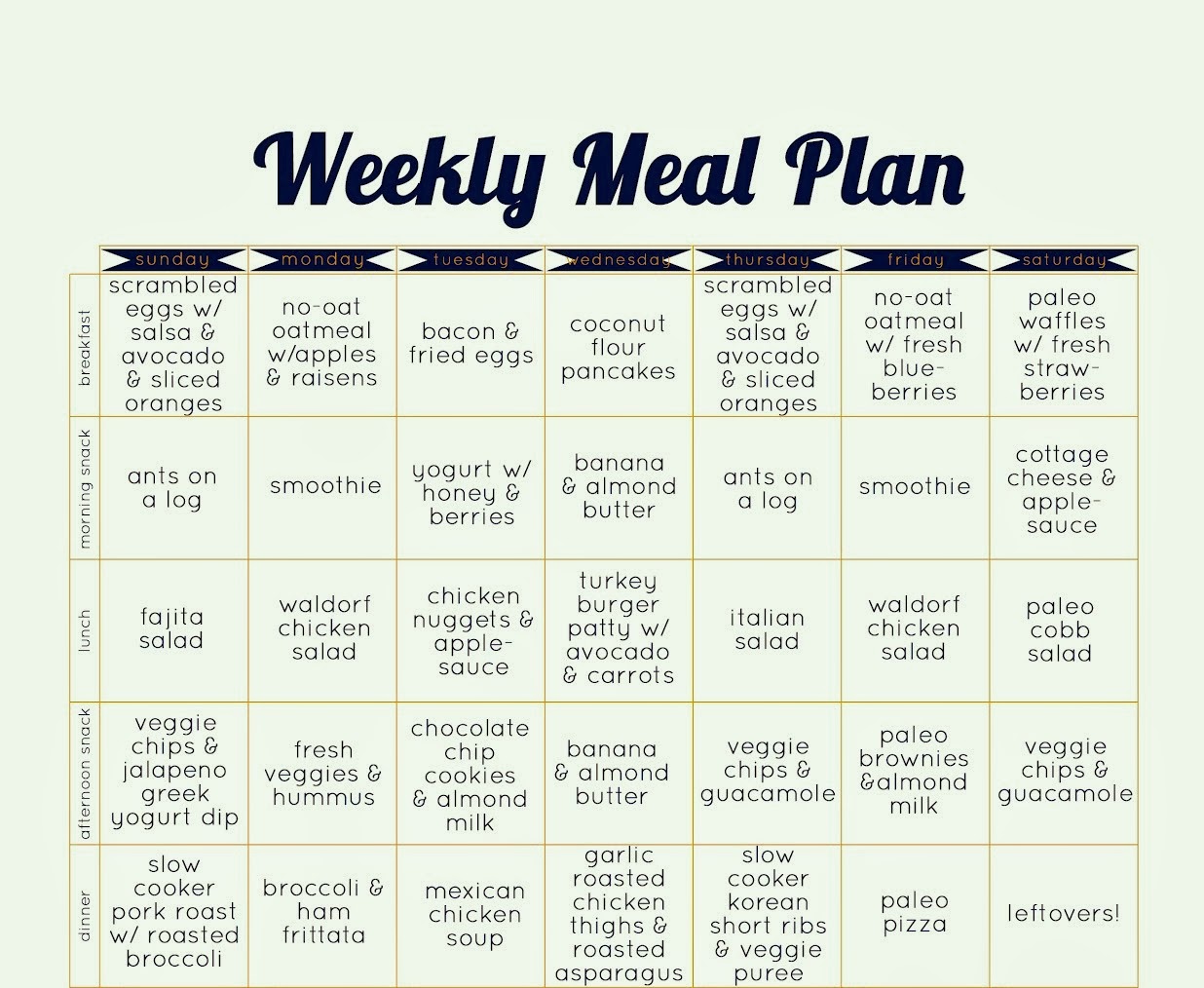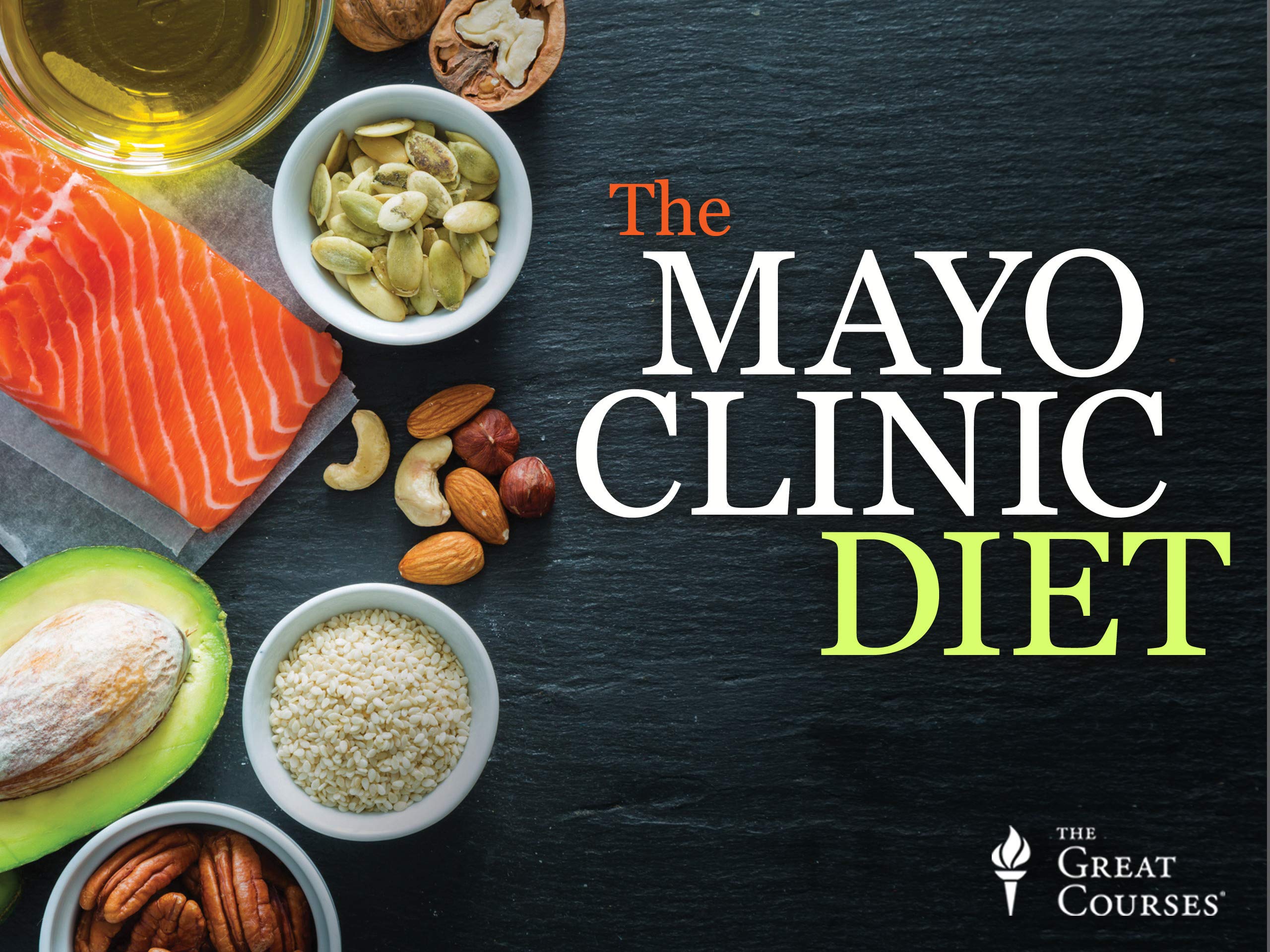
It is not the right diet for everyone. In fact, many old nutrition and diet myths still cling to doctor's offices. The many health benefits of the Paleo diet are numerous. The health benefits of Paleo are numerous. Continue reading for more information. It will depend on what your health needs are. Read this article before you decide to adopt a low-carb lifestyle. Below are some questions you might have.
Reduces inflammation
The Paleo diet was created with one primary goal in mind: to combat inflammation in the body. Most often, these conversations revolve around asking about specific nutrients and foods that trigger inflammation. One of the most important nutrients that people track is carbohydrates. Low-carb diets are highly effective in reducing inflammation. What makes a low-carb diet so anti-inflammatory and what are the benefits? Here are a few tips to help you cut back on your carb intake and experience the benefits of a low-carb diet.
Although the Paleo diet has many health benefits, research is lacking on its effectiveness in Hashimoto's patients. To ensure you are receiving the best treatment, consult your doctor. There have been studies that suggest the diet may be beneficial in managing chronic diseases such as Crohn’s disease, ulcerative collitis, and arthritis. Though more research is needed, there is already evidence that it can help manage diseases such as Crohn's disease, ulcerative colitis, and rheumatoid arthritis.
Triglycerides

The Paleo Diet is often promoted as a weight loss plan. However, there aren't as many studies on the impact of Paleo Diet on triglycerides as you might think. While low-carb diets are known to increase cholesterol levels, and increase triglycerides in the body, studies have shown that these diets also improve heart health. Triglycerides, which are fat-based energy, are stored in fat cells.
Triglycerides is the primary component in body fat. They are created by the conversion of calories to fatty acid. These are stored in fat cells, and then released when energy is required. Excessive triglycerides, known as hypertriglyceridemia, can cause adverse effects on the cardiovascular system. A low-carb diet can help lower triglycerides.
In a study, people who ate a high-fat, low-carb diet had a significant reduction in triglycerides. Their total cholesterol levels also decreased by 13%. Participants experienced no side effects and lost a median of 10 pounds on the low-carb, safe diet. An extended trial was conducted with overweight adults who were on a ketogenic for 24 weeks. Results showed lower triglycerides, a reduced body weight and BMI, and improved levels of blood glucose and LDL.
Blood pressure
Many Paleo-lovers are concerned about the possible adverse effects on blood sugar from a low-carbohydrate diet. Healthy eating can lower blood pressure. This is possible by replacing processed foods and increasing intake of whole foods. Low-carb diets do not cause orthostatic hypertension. This is a condition many people are concerned about. Here are some tips for lowering blood pressure when eating Paleo.

One study showed that low-carb eating is better for high blood pressure than conventional diets. While this study isn't conclusive it is important to note that it has been shown that low-carb diets can lower blood pressure and not cause significant weight loss. A Paleo diet can also improve glucose tolerance, insulin secretion, lipid profiles and cholesterol levels. Moderate weight loss with the paleo diet can lower the risk for high blood pressure, obesity, and improve glucose tolerance.
Weight
Paleo isn't a new idea. While it has been around since the 1960s, it became popular in 2000 when crossfitters and athletes started to use it as a fuel source. Many food companies offer paleo-friendly products today. But what exactly is it and how can you benefit? What can it do for your body? What is it capable of doing to help you shed weight? Learn more. This article will explain the pros and cons of a paleo-diet.
Mixed-carb and fatty meals activate reward circuits in our brains. When carbs and fat are combined together, the insulin response is greater than normal, causing the body to store more fat. The combination is also very palatable, which makes it easy to put on excess pounds. The paleo diet should be restricted in sugar, grains, processed vegetable oils, and other harmful substances to help you combat this problem. Instead, eat more whole foods and less processed foods.
FAQ
Which method is best to learn how to cook?
Cooking can be something everyone should master. You'll miss out on delicious meals if your skills are not up to par. When learning how to cook, the first thing to do is find a recipe you love and follow it closely. Next, practice making small changes until you are comfortable cooking the dish. The last step is to cook for others. You will learn a lot and be able to show off your cooking skills.
How long does it take for you to learn to cook? How long do I need to learn to cook?
It all depends on what level of skill you have. Some people learn basic cooking techniques in just a few days. Others may take months or years to master the basics of cooking.
The time taken to learn to cook will depend on who you ask. One example is that someone who has never tried cooking before would likely take more time to learn than someone who cooks often. Certain types of cooking require more skill than others. For instance, baking requires more knowledge than frying.
You should learn a particular technique to improve your cooking speed. Once you are proficient in that technique, you can move onto the next one. You don't need to worry about how many days or weeks it took to learn how to cook. Keep practicing and having fun with the whole process.
How do you become a chef?
There are many options for becoming a chef. You can begin by taking a course at a community college or vocational school. Next, consider attending culinary school. You can also apply for a paid internship.
Statistics
External Links
How To
How to cook a Steak
The right cooking method for any type of meat depends on its thickness. Thicker steaks cook best at low heat. Thicker steaks require higher temperatures.
You should also ensure you don't overcook them because they'll lose flavor. Remember to take your steak out of the oven when it's done. You won't burn.
Cooking time will depend on the size of your steak and the desired level of doneness. These are some guidelines:
Medium Rare: Cook until medium rare, which means the internal temperature reaches 145degF (63degC). This should take between 3 and 5 min per side.
Medium: Cook until medium. This means that the internal temp has reached 160 degrees F (71 degrees Celsius). This takes approximately 6 minutes per side.
Good Cooking: Cook the meat until it is done. This means that the internal temperature reaches 180F (82C). This can take between 8-12 minutes per side.